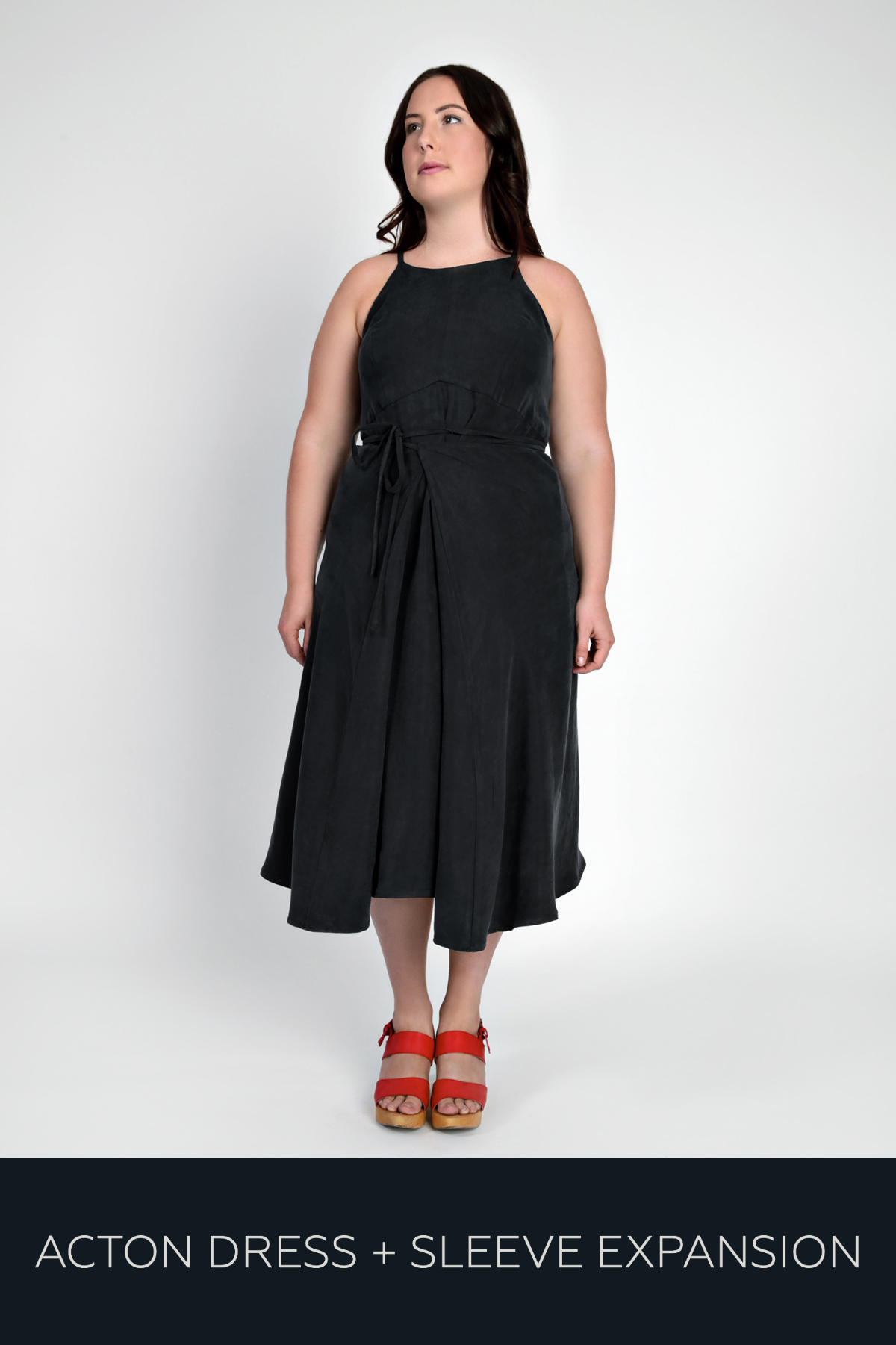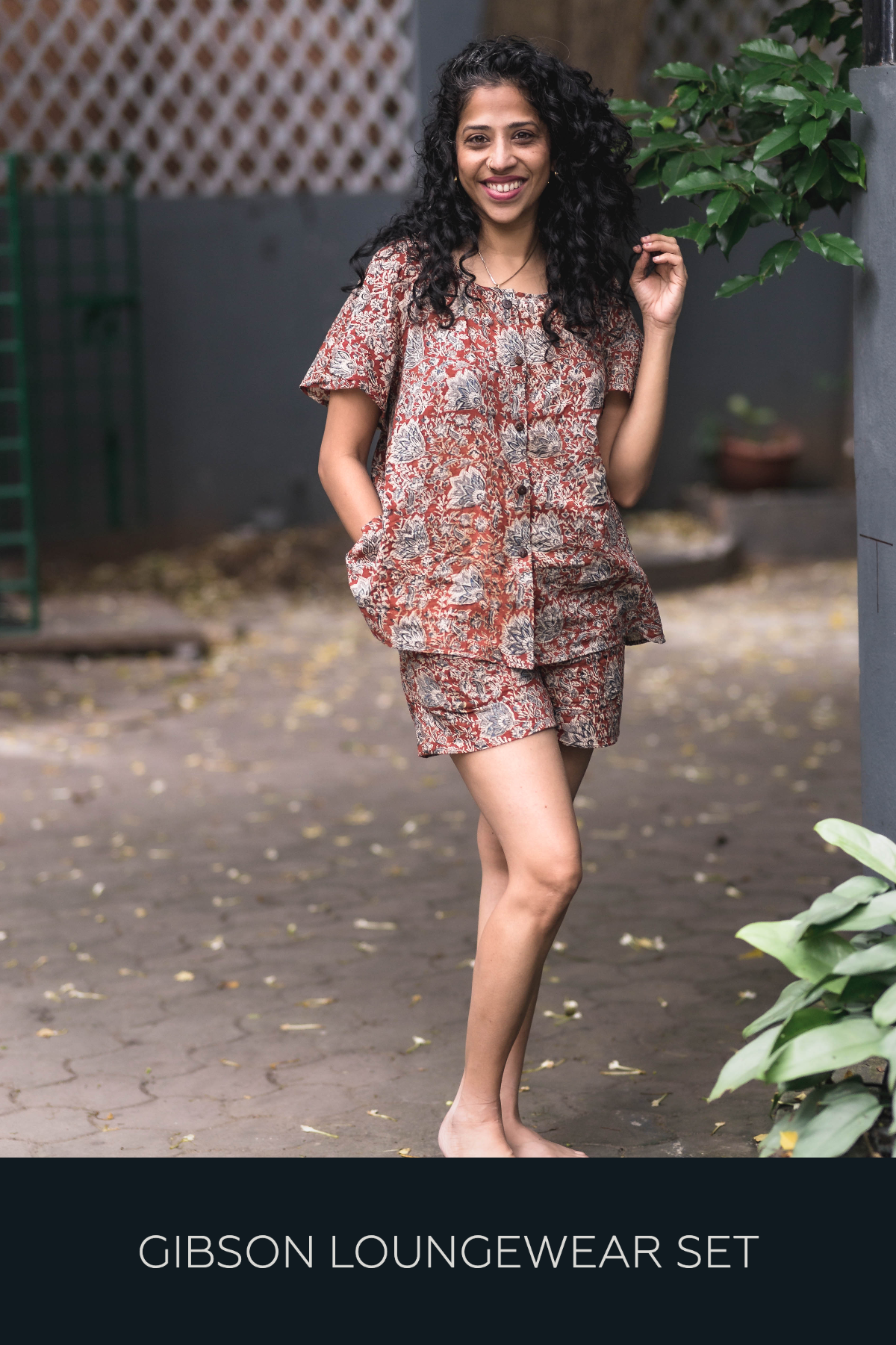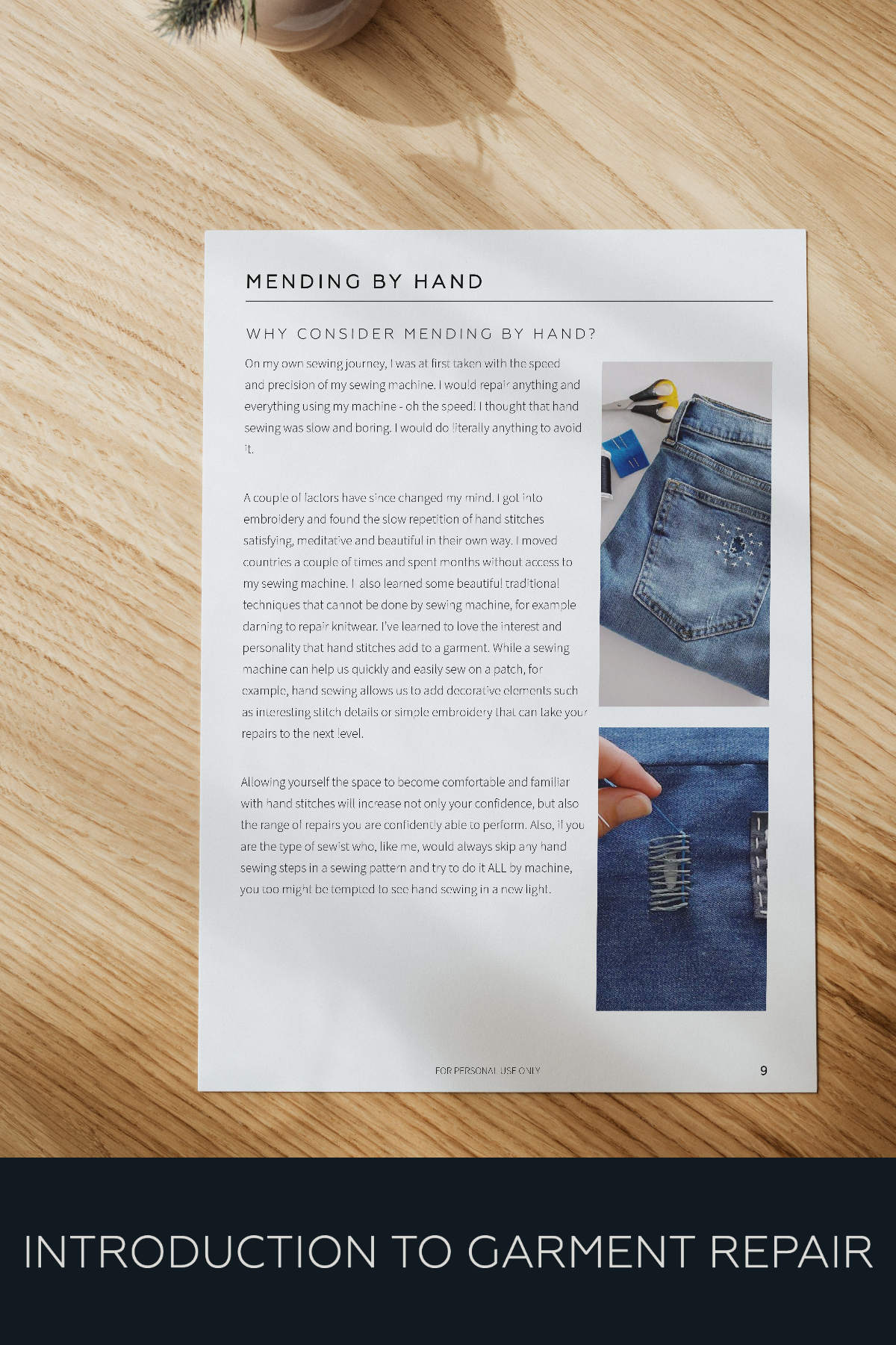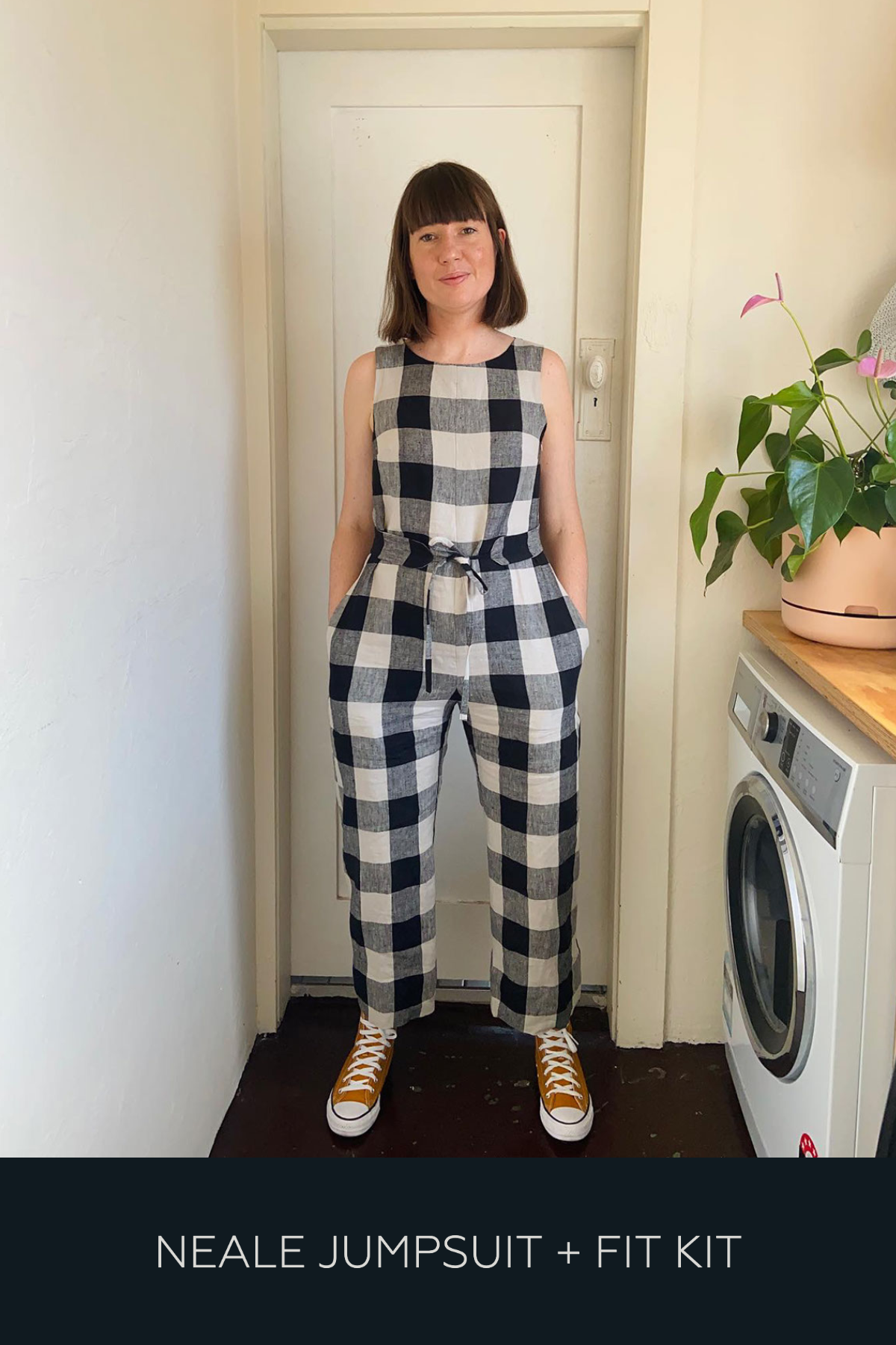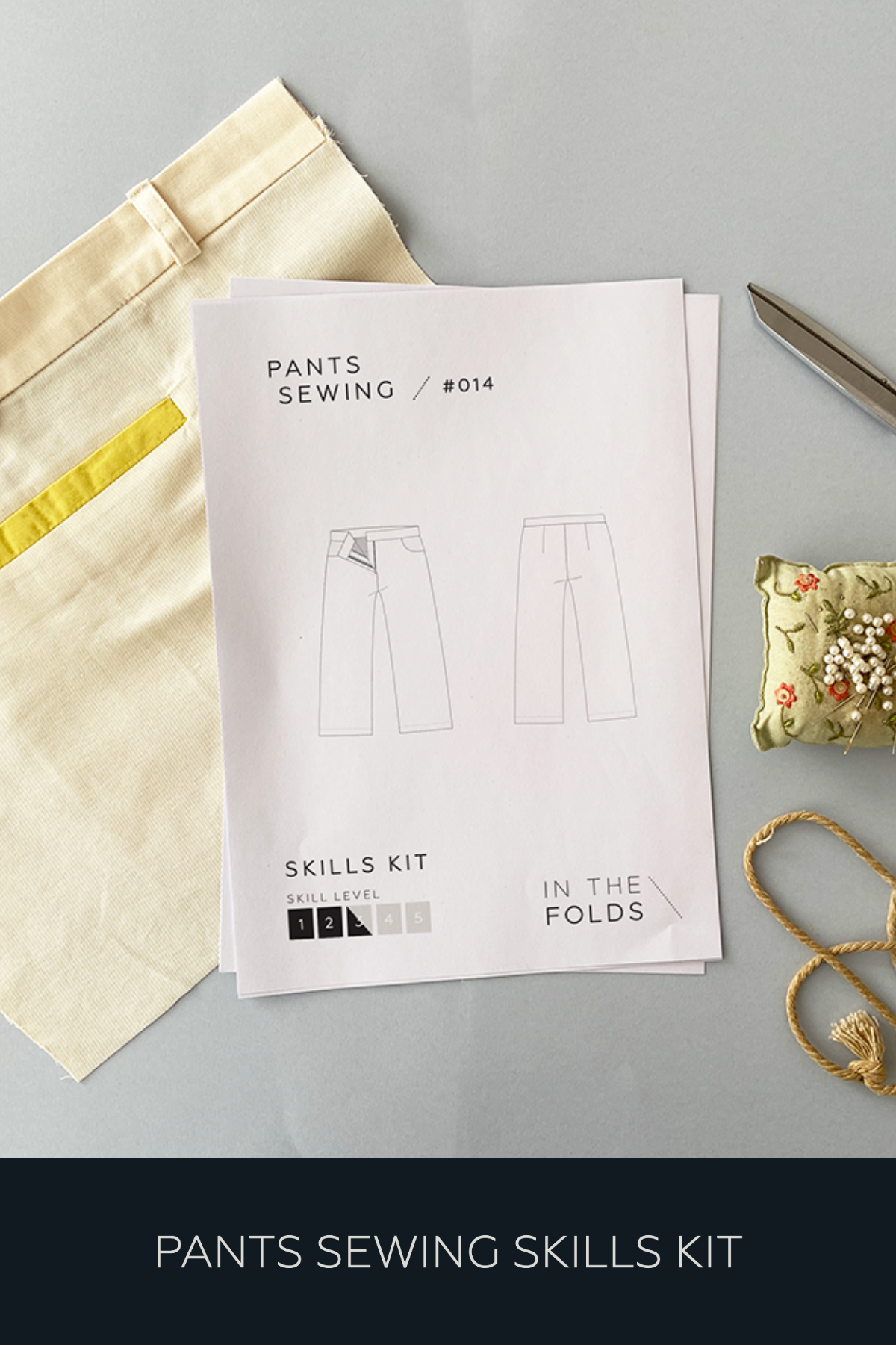A couple of weeks ago I shared my experience using the Copy Your Clothes resources to modernise and personalise a Kebaya blouse, a garment with a lot of cultural sentimental value to me.
This week, I’m really excited to share some of my toiling journey with you, along with the lessons I’ve learned through the process. If you’re keen to see the entire process, I’ve shared it all in great detail in the Curated by ITF private online community (I recommend joining us!), but here’s a brief overview for context.
After analysing the original Kebaya blouses I had in my wardrobe (watch the video I created about this here), I used the techniques I learned in last month's Copy Your Clothes Skills Kit to trace the garment and draft a base pattern. Here you can see the drafted front bodice, back bodice and sleeve pattern pieces.
I then graded my pattern up two sizes using the slash and spread method. As the original blouse was a little tight I felt that moving one size up would deal with this tightness. The additional size up was a personal design ease preference, taking this from being a form fitting blouse to a more relaxed and casual light layering jacket. Here’s my graded Kebaya pattern.
I quickly proceeded from this stage to whip up my first toile!
I used this first toile to gauge what kinds of style changes I wanted to make, as well as how I wanted the garment to fit. I realised that, despite grading up two sizes, I still needed to make a broad shoulder adjustment. (This is why it’s so important to make a toile or two!)
With my notes from toile number one in hand, I proceeded to make the modifications to the pattern and dived into toile number two. I was really happy with the boxier fit that resulted from the adjustments I made to the original pattern.
I then made a third Kebaya toile, choosing a fabric from my stash which I thought fit the bill but that I wasn't overly precious about (should things not work out well). I had 1.2 metres of this fabric (140cm wide) which, as it turns out, was the precise amount I needed! Sadly, by the time I finished my garment, I found myself questioning why I chose this temperamental fabric for a toile, wishing I'd chosen something better behaved.
build your sewing skills with a
curated by itf membership
It wasn't a complete disaster, and I do love the breezy, elegant drape of fabric like this; it's wearable, with a touch of special. But, this Ochre Moonstone Viscose from Atelier Brunette was a bit shifty and liked to fray.
Attempting to hem it had me shaking my fist at those fabric gods though. I applied interfacing to the bodice facing, as well as 3cm strips of interfacing to the bodice and sleeve hems to add a bit of heft to this slinky fabric. I folded up the hems and then tucked the raw edges under, using hem tape to help keep things place.
This turned out to be a mistake as when I went to steam the garment in preparation for taking these photos, the tape shrank and made the fabric pucker. I had to unpick the hem and remove the tape.
But this experience got us thinking. One thing about copying a ready-to-wear garment is that you don’t have sewing instructions to refer to. There’s no notes about the best fabric to use, or how to approach tricky situations like these. So what do you do?
WHAT TO DO WHEN YOU DON’T HAVE SEWING INSTRUCTIONS
Most sewists have a decent stash of sewing patterns, and this can be a great resource for trying to figure out what you need to know. Find a pattern that has a similar style or perhaps uses similar fabric and see what approach it uses to solve the problem you’re having.
Ask the fabric store you bought the fabric from if they have any advice. Most people who work in fabric stores are also avid sewists, so there’s bound to be someone who can help!
Ask your sewing community! Having a community to turn to, like we have with Curated by ITF, is great because there’s a wealth of knowledge just in the sewing experience of all the members. In Curated by ITF you can also ask as many questions of our team. (We love helping our Foldies!) When I posed the question to our community we came up with two solid solutions to my tricky fabric problem.
HOW TO HEM SLIPPERY VISCOSE FABRICS
Double-rolled hem - Check out our tutorial here.
Hem facing - Adding a facing to a shifty fabric like this will give it more structure and help it sit nicely. The concept of drafting facing is pretty straightforward - we shared this tutorial a while back and it can be adapted to any garment edge you’re working on. It's often a good idea to add lightweight interfacing to give the facing stability which will help support the structure of the garment.
We’ve also shared a couple of other posts about working with tricky fabrics, which might be of interest if this is something you’re navigating at the moment. This one is about cutting linen, or other tricky fabrics, and this one has some tips for working with difficult fabrics.
For a minute there I was getting frustrated about the hem, but looking back I feel like I learned more from the mistake than I would have if it had gone smoothly. It also gave me an opportunity to be supported by and cheered on by our community which gave me the boost I needed to get this project over the line.
Overall, I am so happy with my Kebaya project, but if I’m honest, it’s less about the finished garment and more about the learning journey behind this entire process.
The Make It Your Own Skills Kit has equipped me with the tools to:
Analyse how a garment is constructed.
Accurately copy a loved garment.
Draft an accurate and finished pattern.
Grade a sewing pattern.
Modify a garment by adding ease, cropping length, eliminating darts and changing curves.
Pattern hack by drafting additional elements like ties and facings.
Make a garment without instructions.
Explore optimal finishing methods.
Toile methodically in order to fine-tune my vision.
In just a few short weeks I have gained so much more pattern-making knowledge and confidence–I no longer feel I have to rely solely on bought patterns and I'm more inspired to go 'off script' to materialise my ideas into reality.
WHAT YOU’VE BEEN MAKING…
Marden shirt made by Curated by ITF member, Libby.
Attwood pants by Curated by ITF member, Cady.












